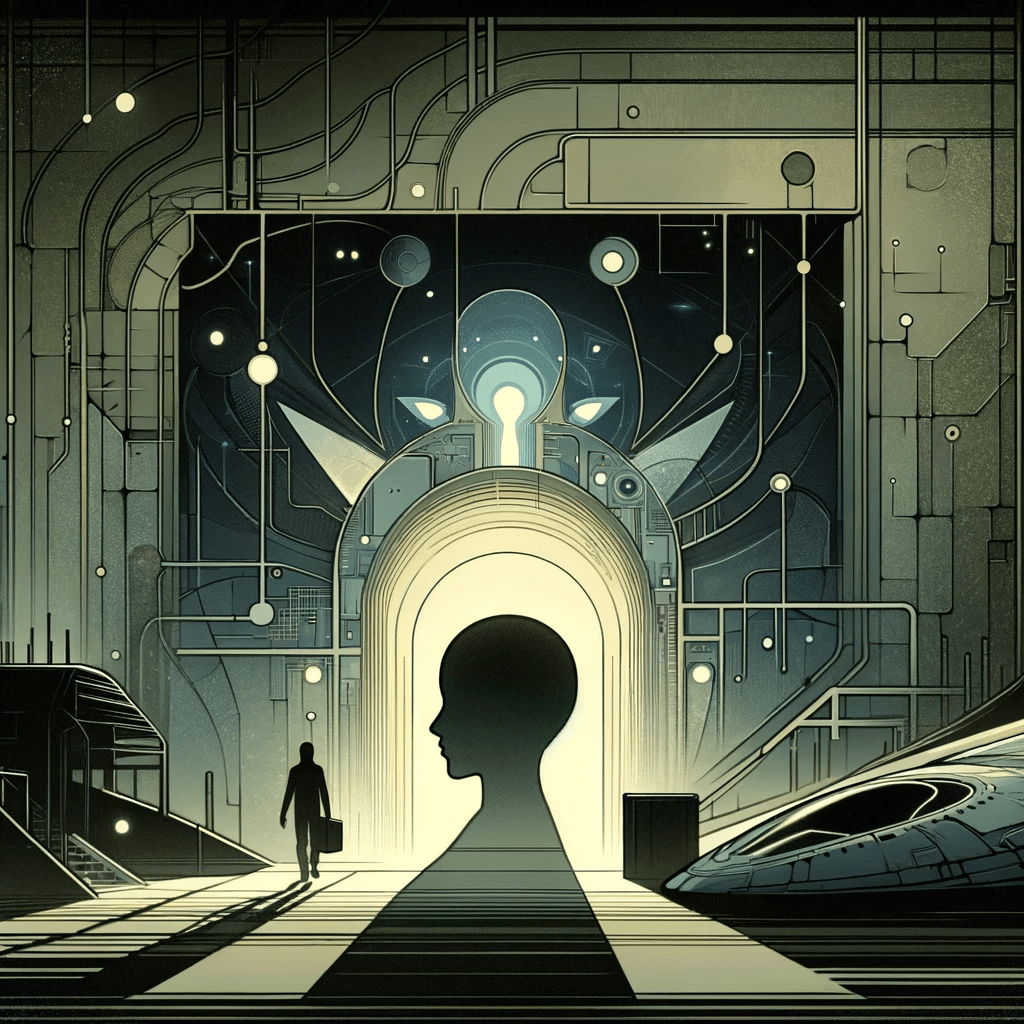Phil Schneider

Phil Schneider was an American geologist and engineer who gained notoriety in the 1990s for his claims about underground military bases and his alleged encounters with extraterrestrial beings. Born in 1947, Schneider grew up in a family of engineers and scientists, and he developed an interest in geology at a young age. He earned a degree in structural engineering from Colorado School of Mines, and later went on to earn a master’s degree in metallurgy from the same institution.
Schneider’s employment background was primarily in the field of construction and engineering. He worked for several companies, including Morrison-Knudsen and Bechtel, where he was involved in the construction of underground bases and tunnels for the U.S. government. Schneider claimed to have worked on numerous top-secret government projects, including the building of underground bases for the military and the excavation of tunnels for the underground transportation system that he said spanned the country.
Schneider’s claims about his encounters with extraterrestrial beings and the existence of underground bases and tunnels were largely related to the topic of UFOs and UAPs (Unidentified Aerial Phenomena). He claimed that he had encountered extraterrestrial beings during his work on underground bases, and that the government was involved in a massive cover-up of the existence of these beings and their technology.
Schneider’s claims about his experiences with UFOs and UAPs were met with both fascination and skepticism. While many people found his accounts compelling and believed that they were evidence of a vast government conspiracy, others dismissed his claims as baseless and without evidence. However, Schneider’s accounts did attract the attention of several prominent researchers and experts in the field of UFOs and UAPs.
One of the most unique facts about Schneider is that he claimed to have been shot and wounded during an altercation with alien beings while working on a top-secret government project. He displayed the scars from the alleged shooting in numerous public appearances and interviews, which only added to the intrigue and speculation surrounding his story. He claimed to have information about the so-called “Philadelphia Experiment,” a supposed top-secret government project in which a Navy ship was allegedly made invisible using advanced technology.
Another source is a documentary film called “The Underground,” which features Schneider speaking about his experiences with UFOs and underground bases. The film was released in 1997, a year after Schneider’s death. Phil Schneider, a controversial figure in the UFO and conspiracy theory community, was found dead in his apartment in Wilsonville, Oregon, on January 17, 1996. His death was ruled a suicide by asphyxiation.
One researcher who takes Schneider’s claims seriously is Richard Dolan, a historian and UFO researcher who has written extensively about the topic. In his book “UFOs and the National Security State,” Dolan describes Schneider’s story as “remarkable” and “plausible.”
Schneider wrote a book called “The New World Order: A View From the Inside,” which was published in 1996, the same year that he died. The book is a collection of Schneider’s thoughts and opinions on a variety of topics, including government conspiracy, underground bases, and extraterrestrial life. While Schneider is listed as the author of the book, it was actually written by a collaborator named Cynthia Drayer, who worked closely with Schneider on the project.
There are also several books written about Schneider and his claims, including “The Phil Schneider Story: A Brief History of Phil Schneider” by Brian William Hall and “The Alien Digest” by William Hamilton. These books explore Schneider’s life and experiences in greater detail, and offer a more in-depth analysis of his claims and their potential implications.
In 1995, he was interviewed by journalist Ron Patton for the magazine “UFO Magazine,” in which he described his experiences working on underground bases and his encounters with extraterrestrial beings. Schneider’s story has also been featured in other publications, such as “Popular Mechanics” and “The Oregonian.”


